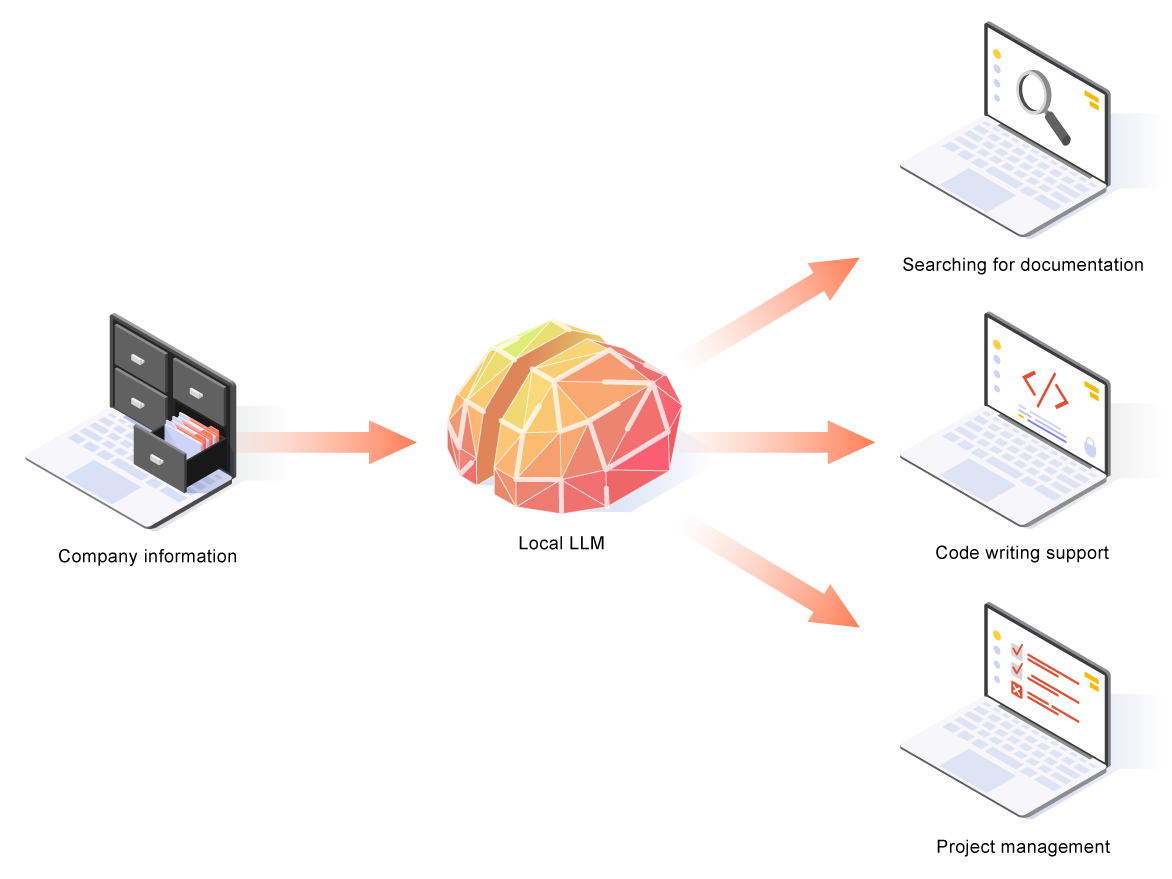by Curt Ecott
Introduction
Numerous films and novels, spanning from Fritz Lang’s “Metropolis” (1927) to the iconic “Blade Runner” (1982), based on Philip K. Dick’s short story and works by authors like Octavia Butler and Ted Chiang, explore the promise and influence of self-aware Artificial Intelligence (AI) in the future.
We are not there yet, but we are on our way. The question is, will any parts of our lives be untouched by AI 50 years from now? The short answer is, most likely, no. Continual AI advances will bring greater efficiency, tools for more effective decision-making, and the ability to solve problems that have dogged the world for millennia.
In Part 1 and Part 2 of this series, we have discussed the opportunities and ethical concerns presented by developments in the AI arena, and we’ve looked at some of the ways government tech and healthcare can better serve their constituents using this technology.
To fulfill AI’s future promises for the world, we must start today to prepare for this very foreseeable future. Here are some suggestions as your company prepares to make the most of this life-changing technology.
Preparing to make the most of AI’s promise
In today’s fast-paced business landscape, integrating Generative AI into operations has become paramount for companies aiming to enhance efficiency and innovation. Leveraging this technology enables businesses to empower their employees with advanced tools that streamline professional tasks and help them make better decisions. By incorporating Large Language Model (LLM) solutions, organizations can harness vast pools of information, optimize strategies, and foster unparalleled growth opportunities in the competitive market.
Streamlining business processes and incorporating LLMs into the products under development are two ways to do this.
Streamlining business processes
For organizations, generative AI can support offloading tedious employee tasks, supporting business development processes, and improving knowledge management. For employees, generative AI can help accelerate innovation and creativity by supplementing, not supplanting, employee knowledge and skills.
The first step is using local LLMs to keep the data private while still supporting the full power of generative AI. While external LLMs, like ChatGPT, use internet data, companies can use this technology internally without leaking proprietary company information. These LLMs can run within a protected environment and generate tailored chatbots by feeding in company information.

These chatbots can help with a variety of work streams, such as:
- Documentation sourcing
Imagine an LLM created with all the company information that can act as an easily accessible documentation source to improve company knowledge management. Instead of employees having to scour Confluence, Google Drive, Sharepoint, and other documentation sources, they can interact with an AI chatbot that can quickly point them in the right direction. - Knowledge sharing
An LLM can help reduce knowledge silos. Knowledge sharing, usually a sizable cognitive task that takes employees and staff away from client/project work, will be easier with this technology. By offloading these tasks, employees can focus on other workstreams. - Idea generation
LLMs can support employees as they brainstorm ideas for new products and services. Chatbots can act as a member of the team during all phases of a project. - Project management
LLM tools can also assist project management with backlog refinement to support project work organization. These tools can help prioritize work, allowing teams to focus on the primary workstream. Finally, they can help in identifying program-level risks for agile team assessment. - Business development tools
Using LLMs, one can create a variety of templates for business development, such as:- Ensuring common messaging, voice, and win themes.
- Simplifying the bid-writing process.
- Analyzing contract terms and suggesting possible modifications before and during contract negotiation.
- Personalizing marketing campaigns.
- Coding support
Generative AI can assist developers with:- Writing code snippets.
- Providing tips about debugging.
- Answering programming-related questions.
Solution Integration
Another powerful way to adopt generative AI into your business is by integrating it with your customer-facing solutions. These are the products that your company builds, develops, deploys, and continues to improve iteratively. You can include generative AI in your current technology stack as you create these products and follow established development lifecycles.
How can this be done?
One way to support integrating your solutions with AI is by leaning on the processes you already use daily. Things like the software development lifecycle, agile, and UX design process show us that technology development should follow a process that utilizes domain focus, constant feedback, research, and data.
Integrating an LLM into a solution can start with:
- Identifying a use case
Where can generative AI solutions simplify the work you or your clients do? Look for repetitive tasks that could be automated, streamlined ways to create content, or ways to enhance natural language interactions. - Assessing the needs
What are the challenges this use case would meet? What do potential stakeholders and end-users think of this possible solution? - Building a prototype
By building a prototype using agile development methodologies, it will be easier to get immediate user feedback and constantly iterate the solution, which will help mitigate risk. - Collaborating cross-functionally
To ensure that the prototype meets both business goals and user needs, ensure your teams of data scientists, developers, UX designers, and business stakeholders are collaborating. - Iterating the prototype
With collaboration and assessing the prototype results, continue the iterative process of need-finding and building to further develop for the specific use case. - Moving to production
Once the prototype is ready for live users, move the solution to production to gather live feedback. - Improving continuously
Use this feedback to continuously refine solutions, identify new use cases, and create new business opportunities.
Conclusion
Generative AI is a powerful tool that empowers companies to innovate, optimize information management, and revolutionize business strategies while also expanding the use cases of every solution we create. When utilized effectively and ethically, this technology opens doors to unparalleled opportunities, enabling companies to thrive in an ever-evolving market landscape.
Responsible adoption depends on a proactive approach, where monitoring and refining your AI systems will lead to positive results and standards that allow for evolution in this new AI-based world.
Flexion strives for constant technology improvement in all of our client offerings. We will walk with you on your journey of adopting generative AI and support you as you learn how to use this new technology to improve your business. Whether you are looking for examples of generative AI usage, need coaching on this adoption, or want to see firsthand how Flexion collaborates with our partners, we are ready to help you prepare for a future that makes the most of AI. Touch base with us today!
Curt Ecott, a solutions architect/technical advisor at Flexion, has been deeply involved in the dynamic worlds of investment banking and government healthcare, leveraging technology to drive innovation. His expertise spans networking, full-stack development, DevSecOps, and architecture, with a focus on enhancing efficiency by advising teams and organizations for customer-centric technology solutions.




